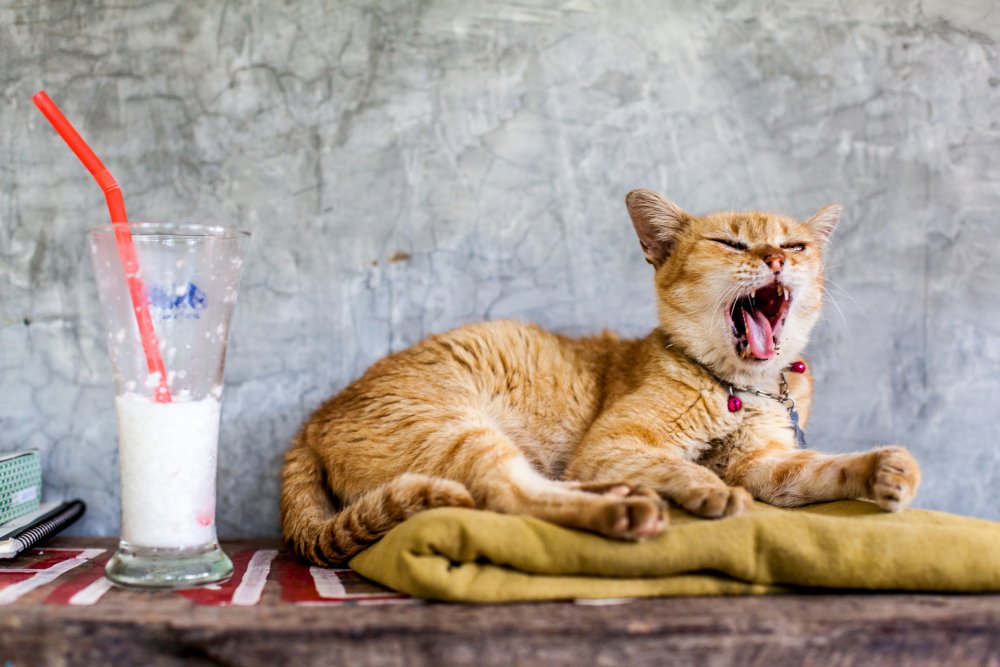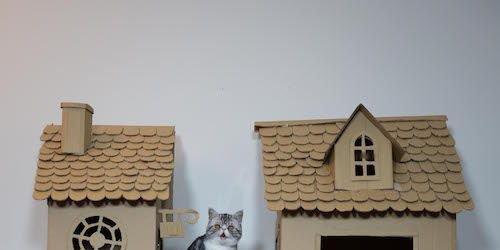Cat found. Before taking it to the SPA or adopting it, we make sure that it does not already have an owner that could be reassured quickly.
Identify a cat through her tattoo
Look at the inner face of the cat's ear. If it is tattooed, its owner is identifiable. Either we call the National Feline File which lists the coordinates of the owners of tattooed animals and warns his master. Either we drop it at the town hall of our town, at the police station, at the gendarmerie, at the local veterinarian or at the SPA local shelter who will do the research. If he does not have a tattoo, maybe he has an electronic chip ? Inserted under the skin, therefore invisible, it includes the identification of the cat, "readable" thanks to a specific device. The SPA, the police station, the veterinarians have this device, which allows the owner to search the National Feline.
What if we adopted a lost cat?
After conducting the survey with neighbors, shopkeepers, placing posters in the neighborhood and ensuring that no one is claiming it, the cat can be adopted, taking the precaution to show it to a veterinarian. Similarly, if he is tattooed, the landlord has been notified and the landlord has not shown up at the end of two and a half months, it is possible to apply in writing to the National feline who will notify the holder change.
If you want to recast it
The cat is taken to the SPA , a private organization that collects and proposes the adoption of abandoned animals . But it may be that, for lack of space, she refuses to take him. One can also try to deposit it with a veterinarian who will perhaps accept to keep him a few days to try to find a family.
Last resort: the local pound, a public body, houses stray animals (address to the town hall). She will keep it for 8 days, then ask the SPA if she has room to accommodate it. For lack of space, alas, the animal will be euthanized.
National feline file: 01 55 01 08 08.
SPA, 57 refuges in France: 01 43 80 40 66.
Thanks to Dr. Joël Dehasse, veterinarian, author of "All about the psychology of the cat" and "All about the psychology of the dog" (both by Odile Jacob).


